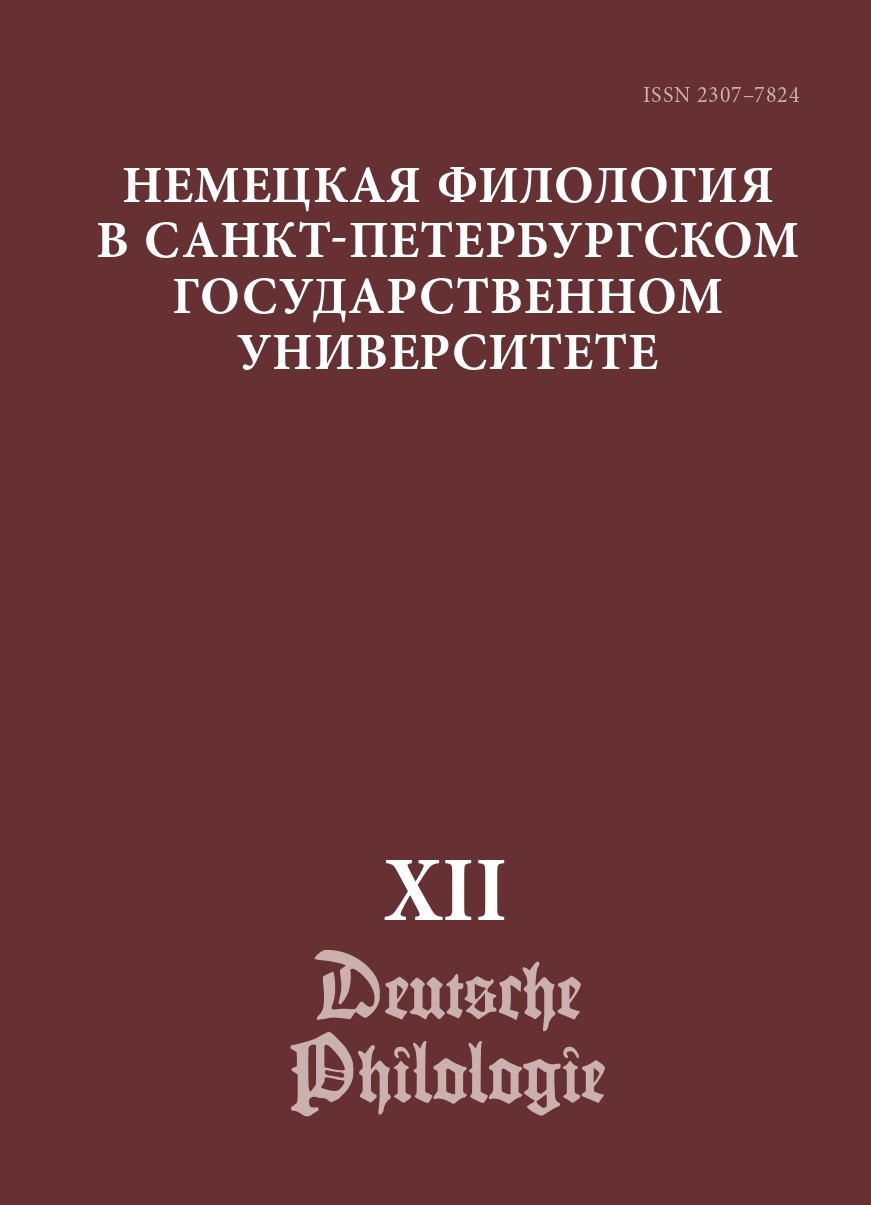GERMAN STAMMBAUM ‘FAMILY TREE’ — A MULTIMODAL WORD HISTORY
DOI:
https://doi.org/10.21638/spbu33.2022.124Abstract
The paper deals with the concept of family tree and the German word Stammbaum. The concept is placed in the larger context of the plant-human metaphor. This metaphor is already found in the Ancient Near East in the Sumerian cosmogony. It is also known from the Bible. And it is deeply rooted in Indo-Europeania and can be traced through reconstructed Proto-Indo-European, Greek and Latin mythology, or Germanic and Slavic wood idols. The article compiles the frequently cited Latin texts
passages on the topic and can add an early evidence for a “tree of kinship”. The oldest attestation dates back to the time around 650, but this is probably an isolated evidence, even though Isidore of Seville describes a stemma (the Roman genealogical table) with ramusculi ‘little branch’ in his Etymologiae. There is no need to conclude that this was a tree, even if the modern “tree of kinship” this suggests. Rather, art historical studies have shown that between the 9th and 12th centuries various forms of representation for the concept of family tree were tested, and that around 1200 the familiar family tree was estabablished as the form we know now as the only one. A first linguistic testimony is found in Albertus Magnus. Together with the early family trees of Carolingians and Guelphs, the thesis is developed, against the background of the deep anchoring of the plant-human metaphor in Germanic, that the family tree takes up these old ideas, too, and that the sound similarity of stemma and German Stamm supported to the word formation German Stammbaum.
Downloads
Downloads
Published
How to Cite
Issue
Section
License
Условия передачи авторских прав на статьи и рецензии, опубликованные в ежегодном периодическом издании «Немецкая филология» регулируются условиями Лицензионного Договора автора с Санкт-Петербургским государственным университетом. В соответствии с Лицензионным Договором опубликованные материалы находятся в открытом доступе, а авторам бесплатно предоставляется неограниченные возможности их распространения и самостоятельного архивирования.




